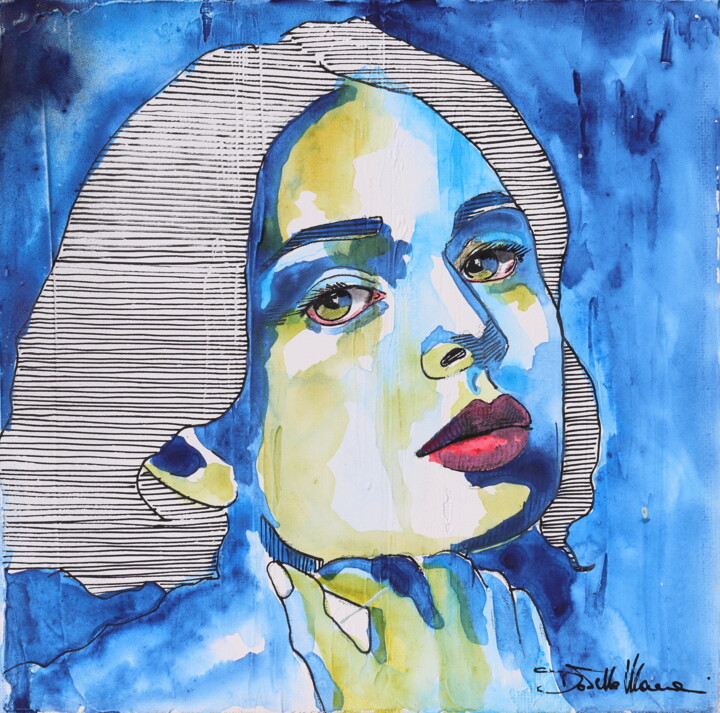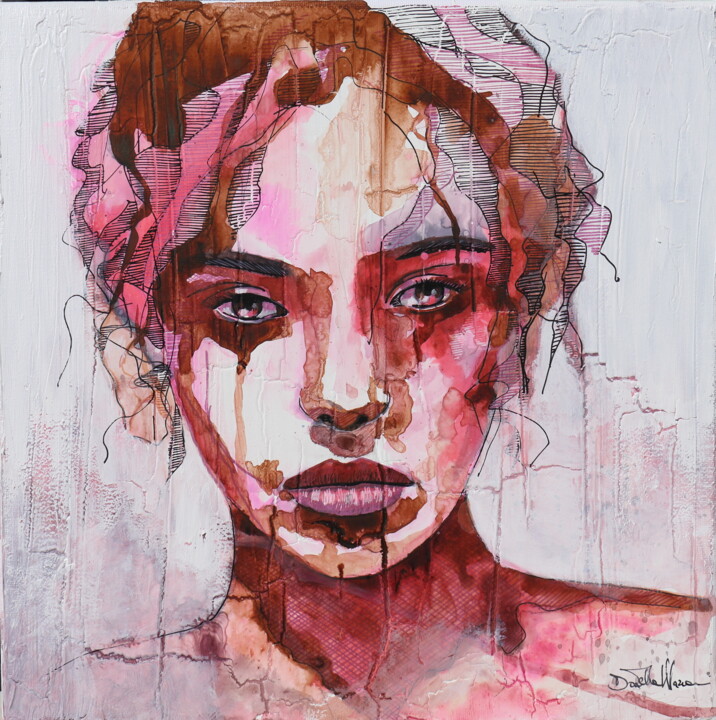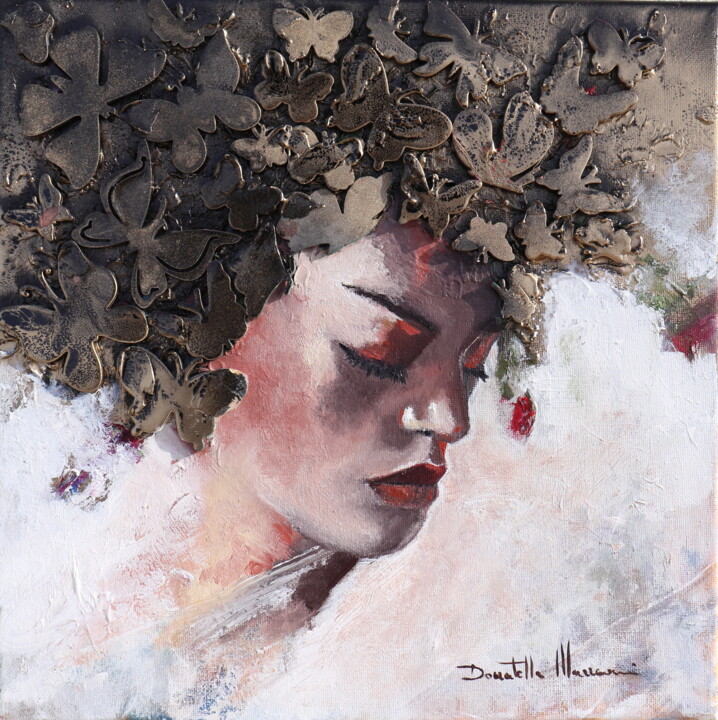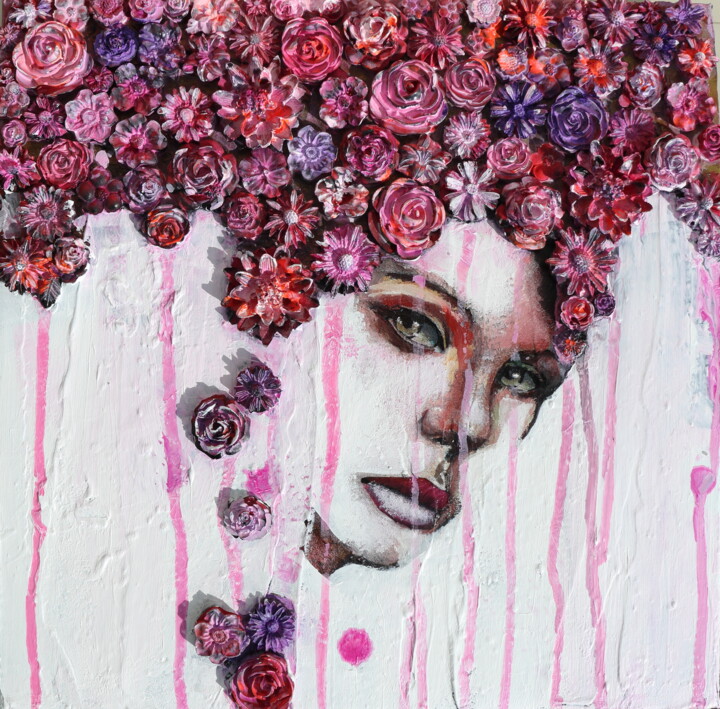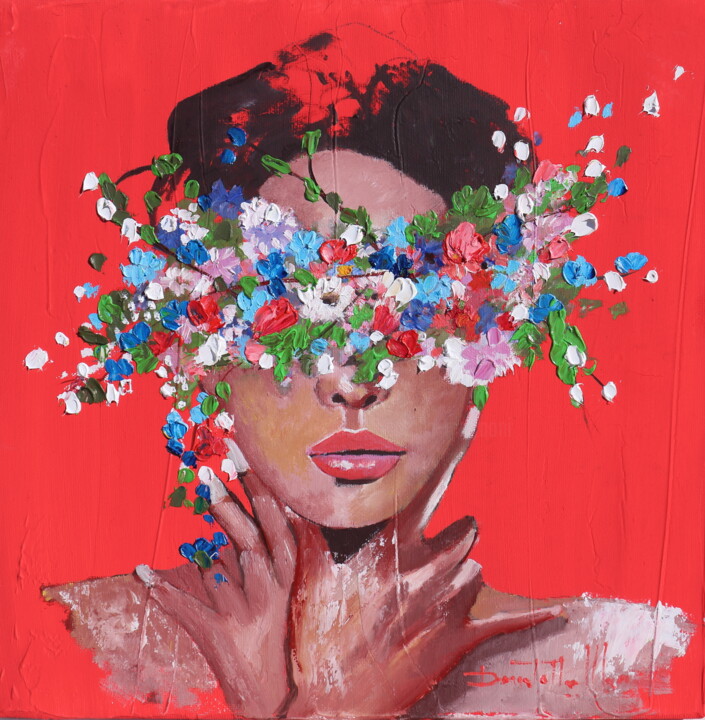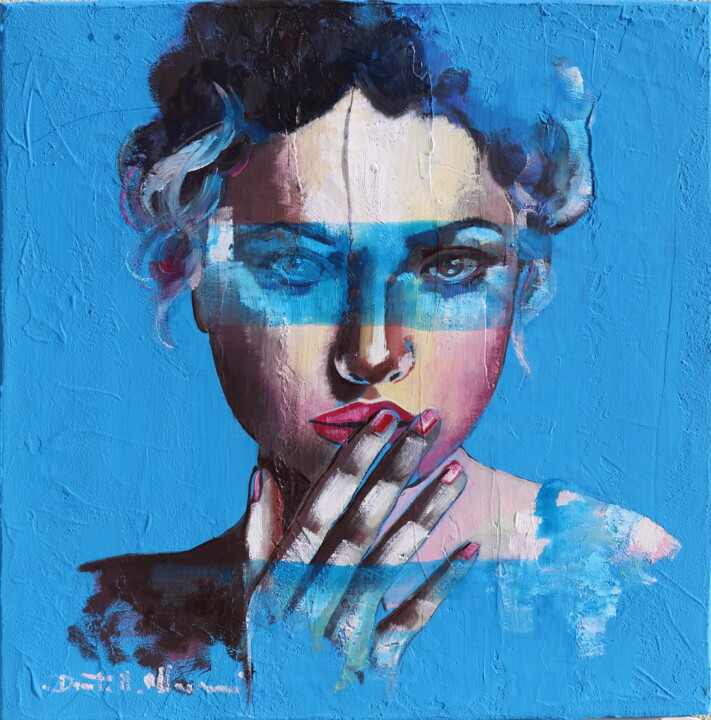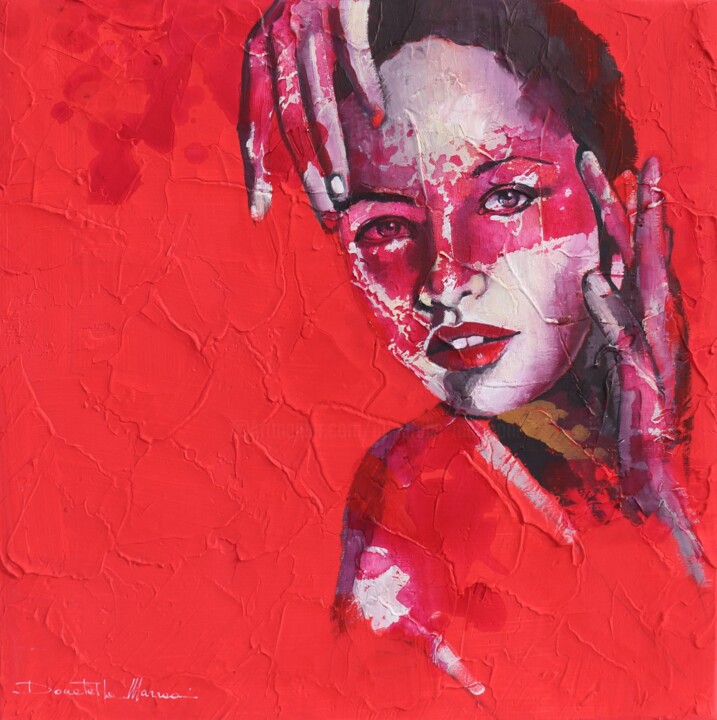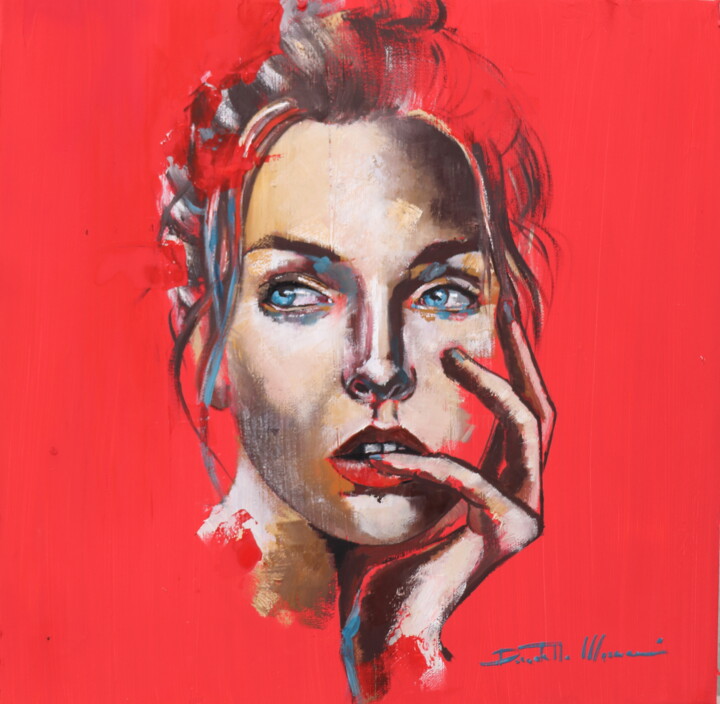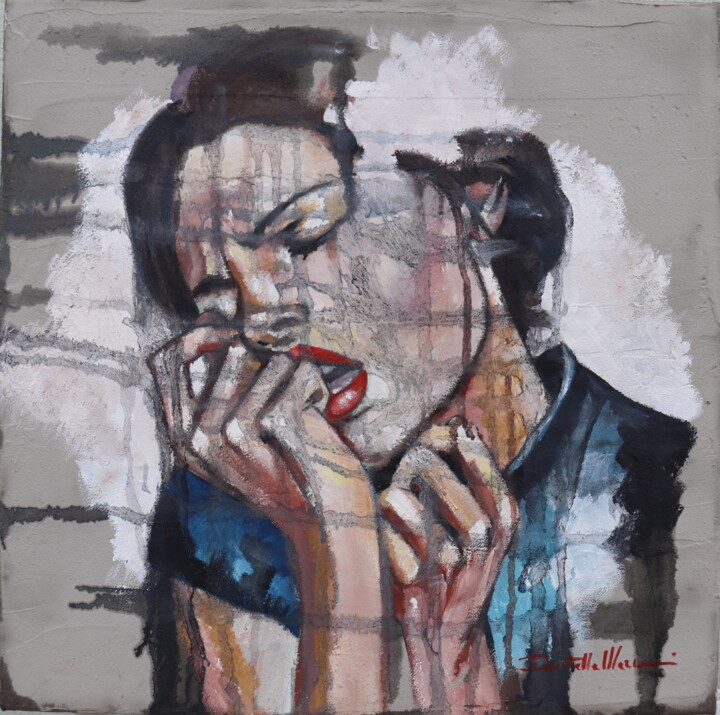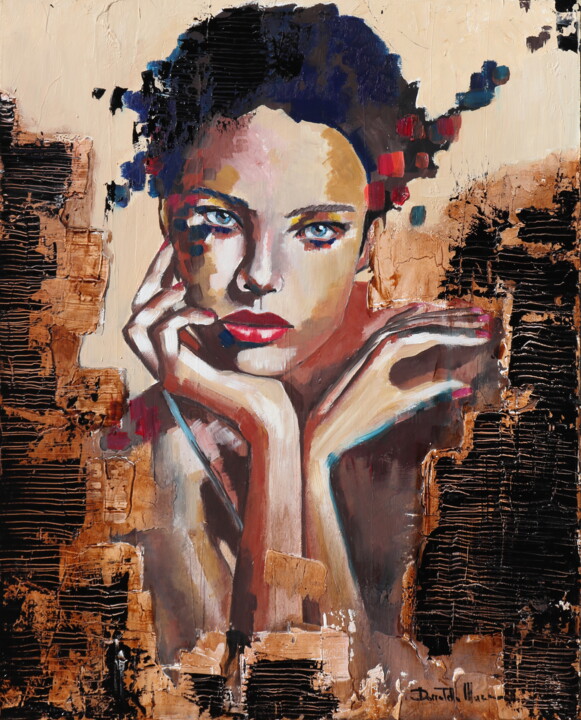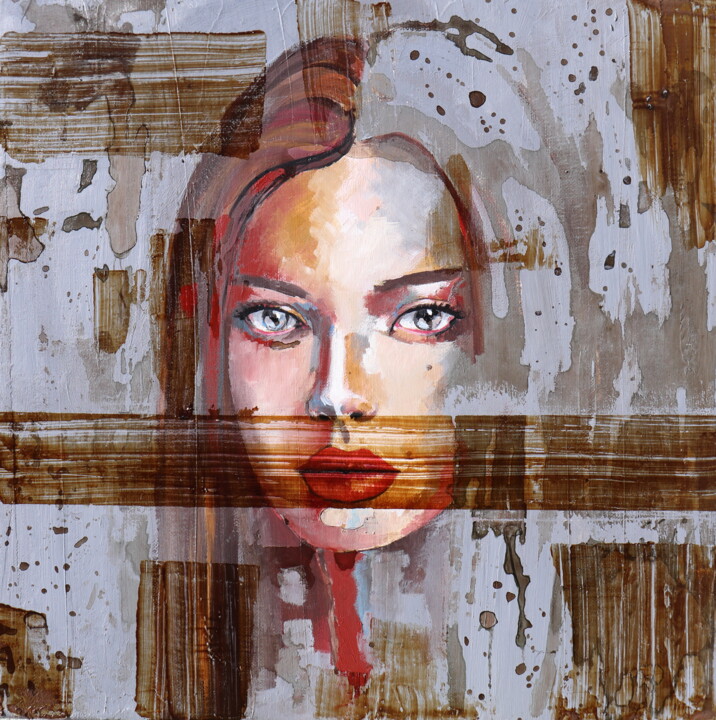What prompted you to create art and become an artist (events, feelings, experiences...)?
The desire to tell my story, the need to exorcise the loss of my father by working with his materials, making unique with cement the memories that bound us. My father was a builder and it was he who enrolled me in the Academy of Fine Arts in Perugia. It's to him that I owe a lot, it's to him that I owe the woman that I am.
What is your artistic background, the techniques and subjects you have experimented with so far?
I use building materials: cement, sand, glass quartz mortar, plaster and so on. All this in honor and in memory of my father.
What are the 3 aspects that differentiate you from other artists, making your work unique?
My story, my story, my roots. I'm talking about me, about my life.
Where does your inspiration come from?
Of my father and the desire to fill the void of his absence.
What is your artistic approach? What visions, sensations or feelings do you want to evoke in the viewer?
I want the fragments of my memories to become a part of them, to lead them into my world and at the same time to revive my paintings with new energy, their energy.
What is the process of creating your works? Spontaneous or with a long preparatory process (technical, inspiration from art classics or other)?
I attended the Academy of Fine Arts, the technique and the study come from there. But the process is always spontaneous, painting always comes from an idea, a feeling, a nostalgia...
Do you use a particular working technique? If yes, can you explain it?
the basic element is cement and continuous experimentation with different building materials.
Does your work include innovative aspects? Can you tell us which ones?
I believe that everything has been done in the art world, even if we continue to experiment and seek new languages of expression. On my small scale, I seek simplicity in lines and shapes with blurred, dirty and confused contours. I'm talking about emotions, fragments of memories... emotions that leave a good taste but are elusive and therefore indefinite.
Do you have a format or medium that you feel most comfortable with? If yes, why ?
I don't have a favorite format, any medium can be ideal for creating and impressing an emotion.
Where do you produce your works? At home, in a shared studio or in your own studio? And in this space, how do you organize your creative work?
In my studio, I like to work in confusion, surrounded by different materials and colors.
Does your work lead you to travel to meet new collectors, for fairs or exhibitions? If so, what do you get out of it?
I travel a lot and I am very curious. Art fairs and exhibitions give me the opportunity to discover new ways of expressing myself and the contact with other artists is certainly very important for personal development and also to challenge myself.
How do you envisage the evolution of your work and your career as an artist in the future?
My work is constantly evolving, I don't know where it will take me exactly, but I know that I will continue to do this work without a second thought. The future will, I am sure, be a wonderful surprise.
What is the theme, style or technique of your latest artistic production?
There are four main themes... faces, nature, women and memories.
I alternate them frequently, I like to jump from one subject to another, it represents my person, the whirlwind of emotions that clutters my mind.
Can you tell us about your most important exhibition experience?
Without a doubt the Florence Biennale, not because it was the most important, but certainly because it was my first real exhibition experience. I carry in my heart the memory of each artist that I had the pleasure of meeting and with whom I exchanged ideas, dreams, projects.
If you could create one famous work of art history, which one would you choose? And why ?
The Potato Eaters by Dutch painter Vincent van Gogh. The dimmed light, the hard features of the guests, the hands clearly worn out by hard work, the representation of a modest family, of an existence made up of sacrifices.
If you could invite one famous artist (dead or alive) to dinner, who would it be? How do you suggest they spend the evening?
Here, the choice is difficult... I would certainly invite Picasso, not only out of respect and admiration for his work, but also to understand the man behind his works, his world. I read a lot about him and not always pleasant. Here I am curious to know more. Or maybe I would invite Modigliani to taste a little of the mad love that bound him to his partner, or Rothko or Picasso. Honestly, I am very fascinated by the artists present from the end of the 18th century to the present day, I feel they are close, contemporary, modern. I suggest that we spend the evening talking to each other about ourselves, about our dreams, certainly in the company of a good red wine. The evening ended with a game of cards between simple people... because behind each artist, there is a person with his fears, his desires and... his memories.

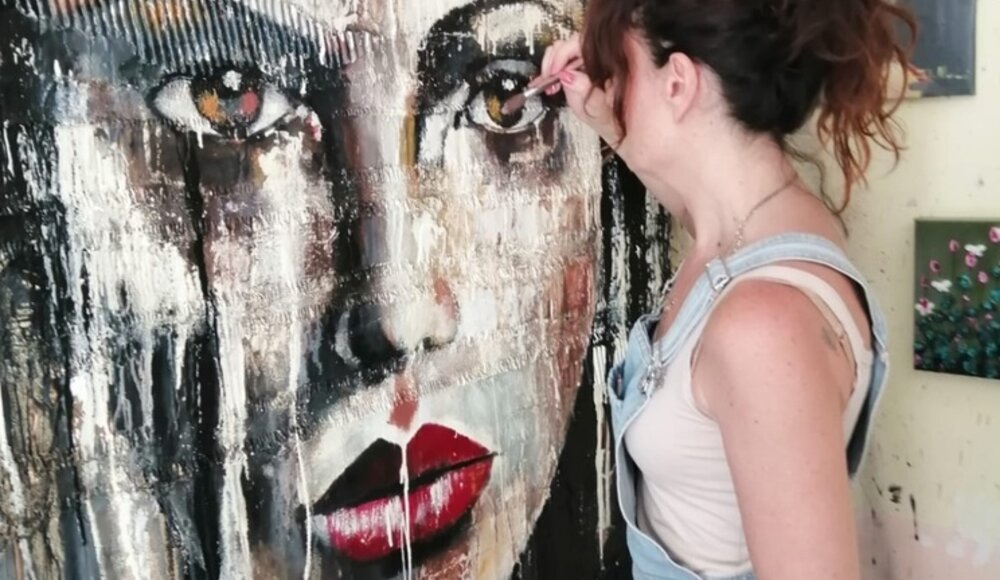





 Olimpia Gaia Martinelli
Olimpia Gaia Martinelli

